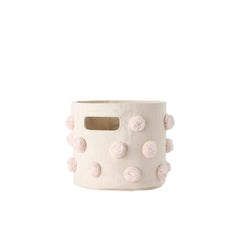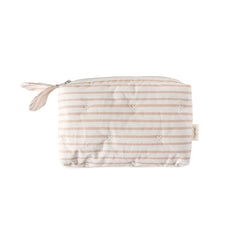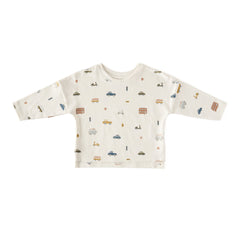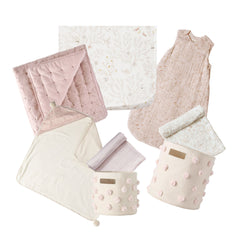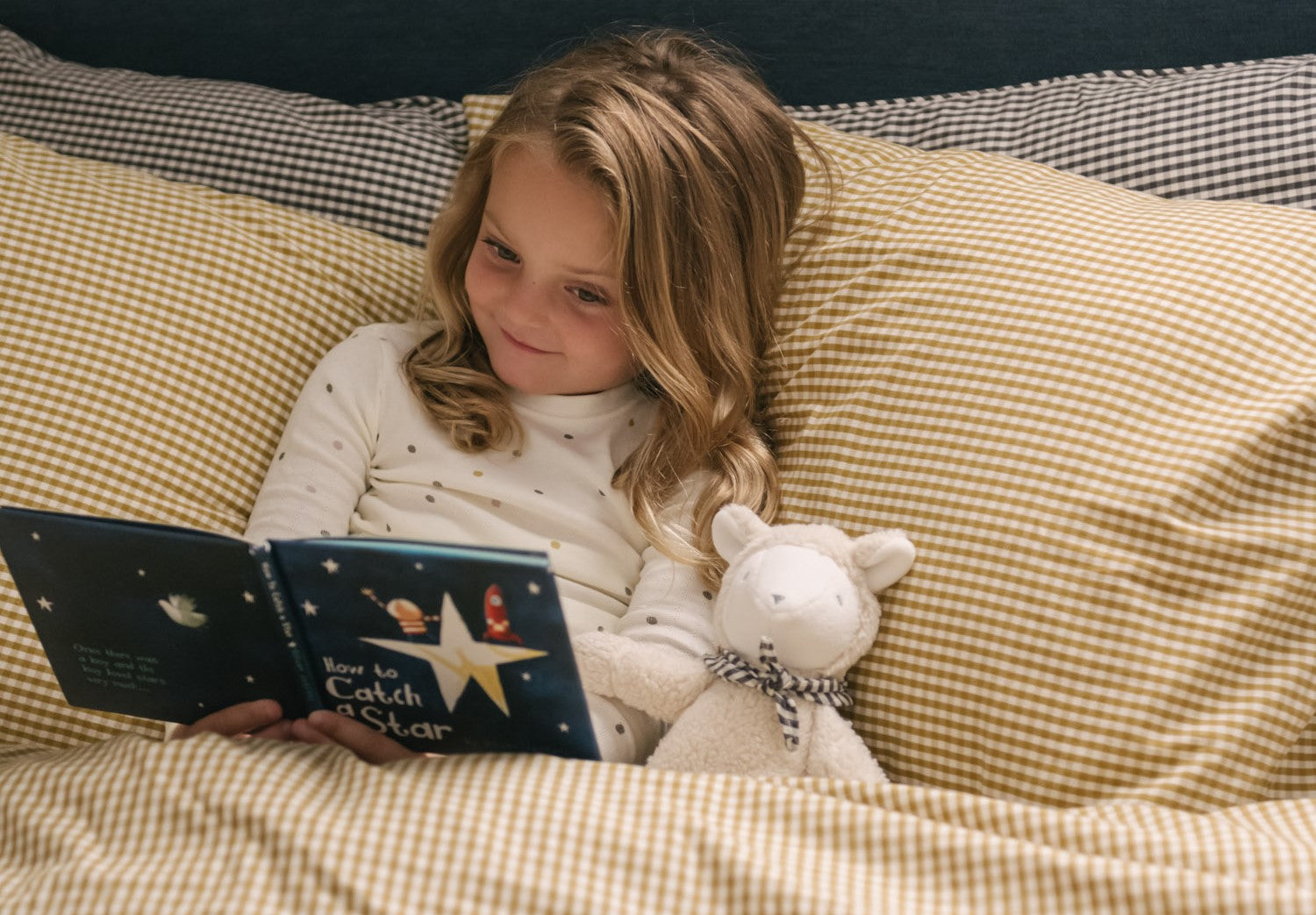Reading with your little one is a way to connect and slow down together. It helps inspire a love of books that will last a lifetime! From developing language skills to sparking imagination, reading to kids has a lot of benefits at every age. From board books to classic novels, read on for our top 5 reading tips for families.

Why is reading to kids important?
Reading to babies daily in the first few months stimulates the area of the brain that allows them to understand language, develop speech and build communication and social skills. Not only does it build knowledge and understanding, it strengthens the emotional bond and connection you have with your little one.
Reading to babies also sparks creativity and promotes imagination while teaching your little one about the world around them. Building positive associations between reading, books and their parent’s voice during storytime sets your little one on a path toward a lifetime of learning.
Top 5 Reading Tips for Families
Reading to babies plays an important role in their development, and you can start when they’re still a newborn. You may be wondering how to raise a reader, especially within a culture of screentime. Here’s 5 reading tips for families to help instill a lifelong love of storytime:
- Start young. High contrast books for newborns feature black and white images babies can focus on before their eyesight and color perception develops at 6 months old. Reading to your infant is a great way to bond with your baby (even if they don’t understand what you’re saying just yet) because your voice is soothing to them. Once they can sit up, your little one will start turning the pages and exploring the different textures in touch-and-feel books. Between 1-2 years old, lift-the-flap and activity books are really engaging while picture books are great for reading together and as a stepping stone to independent reading at school.
- Create family routines and rituals. Whether it’s visiting the local library for storytime this fall or snuggling up in comfy pajamas with their favorite books at bedtime, make reading to kids part of your daily routine.
Takeaways
Reading helps foster the deep bond between parent and child. After a busy day, snuggling up together and ending the day connected is a heartwarming way to wind down. Reading to kids offers your little one an opportunity to better understand themselves and others by identifying with a character in the story. We hope these ideas inspire you to read to your little one daily and encourage them to embrace their inner bookworm!

